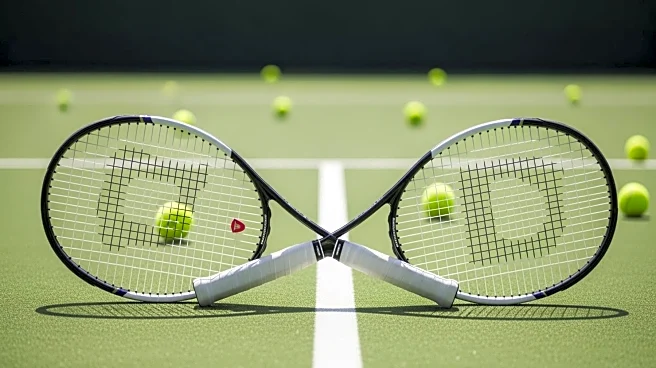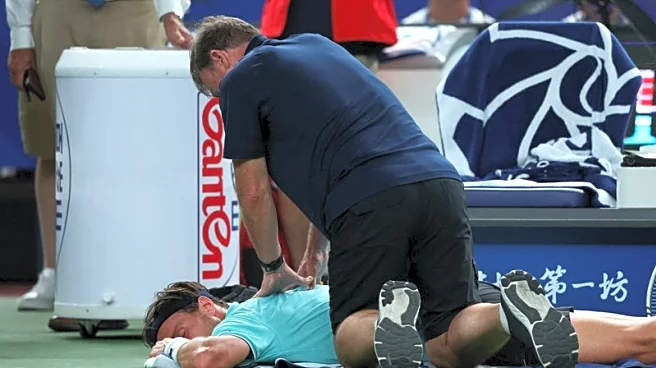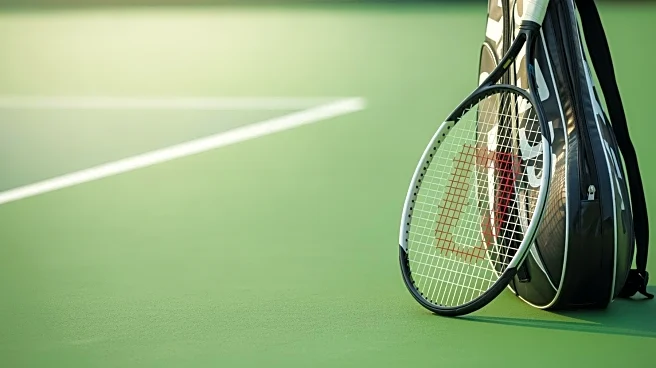What's Happening?
Gigi Salmon explores the sustainability of the current tennis schedule, questioning whether it is overly congested or simply more physically demanding. The article highlights the increasing number of players ending their seasons early due to injuries
and fatigue, including Holger Rune, Jack Draper, and Emma Raducanu. The discussion includes comments from players like Taylor Fritz and Iga Swiatek, who express concerns about the intensity of the schedule and its impact on their health and performance. The expansion of ATP Masters 1000 events and the pressure to participate in lucrative exhibitions are also examined.
Why It's Important?
The debate over the tennis calendar's demands is significant as it affects player health, career longevity, and the overall quality of the sport. The physical toll on players could lead to more frequent injuries, impacting their ability to compete at high levels and shortening their careers. This issue also has implications for the sport's economic model, as tournaments and sponsors rely on player participation for revenue. Addressing these concerns could lead to changes in scheduling and event management, ensuring a balance between player welfare and commercial interests.
What's Next?
The conversation around the tennis calendar is likely to continue, with players, organizers, and stakeholders seeking solutions to balance the demands of the sport. Potential changes could include reducing mandatory events, adjusting tournament formats, or increasing rest periods between competitions. The ongoing dialogue may lead to reforms that prioritize player health while maintaining the sport's commercial viability. As the season progresses, players and organizations will need to navigate these challenges to ensure the sustainability of professional tennis.
Beyond the Headlines
The issue of the tennis calendar reflects broader concerns about athlete welfare in professional sports. The pressure to perform and the financial incentives associated with participation can lead to ethical dilemmas for players. Long-term, this could prompt a cultural shift towards prioritizing health and well-being over commercial interests. The discussion also highlights the need for comprehensive support systems for athletes, including medical care, mental health resources, and career planning.














